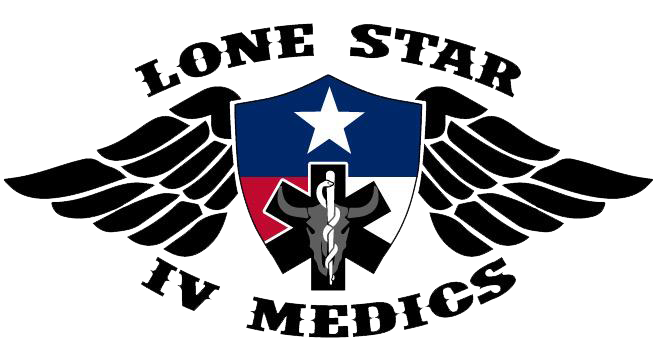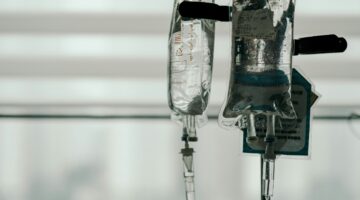
When patients are treated for a blood cancer like acute lymphoblastic leukemia or multiple myeloma, even if they achieve complete remission – meaning their tumors go away entirely – it is still possible for small numbers of malignant cells to remain in their bone marrow, raising the risk of relapse.
The Food and Drug Administration said Friday that it gave what it called the first approval for a next-generation sequencing-based test to detect those cells, referred to as minimal residual residual disease, or MRD. The test, clonoSEQ, is made by Seattle-based Adaptive Biotechnologies.
The FDA said it reviewed clonoSEQ through the “de novo premarket review” pathway, which is meant for novel, low-to-moderate risk devices of a new type. The agency added that it created a new regulatory classification that means subsequent devices of the same type and with the same intended use can go through the 510(k) process, whereby devices can obtain marketing authorization by demonstrating substantial equivalence to a predicate device.
“Determining whether a patient has residual cancer cells remaining after treatment provides information on how well a patient has responded to therapy and how long remission may last,” FDA Commissioner Scott Gottlieb said in a statement. “Having a highly sensitive test available to measure minimal residual disease in ALL or multiple myeloma patients can help providers manage their patients’ care. The FDA is applying novel regulatory approaches to make sure that these rapidly evolving NGS tests are accurate and reliable.”
According to the FDA’s announcement, MRD is currently tested using assays based on cytometry or polymerase chain reaction, methods usually capable of measuring MRD down to 1-in-10,000 or 1-in-100,000 cells. The clonoSEQ approval was based on a study of 273 ALL patients, one of 706 multiple myeloma patients and another ongoing study of 323 multiple myeloma patients. For the ALL patients the assay was used to assess MRD at various disease-burden thresholds to show that MRD level correlated with event-free survival, meaning the length of time post-treatment that patients remain free of certain complications or events. ALL patients whose clonoSEQ assay results were MRD-negative – meaning no MRD – had longer EFS, while those with higher MRD results had shorter EFS rates. For myeloma patients, there was a similar association in progression-free survival, a commonly used endpoint for the disease that measures the length of time patients live without their disease worsening.
Other studies have evaluated the use of NGS to measure MRD. For example, one published last month in the Journal of Hematology & Oncology by researchers at Cornell University on 122 ALL samples from 30 patients showed NGS detected conversion from MRD negativity to MRD positivity much earlier than a flow cytometry assay. The researchers used a modified version of Invivoscribe’s LymphoTrack-Miseq platform.
Photo: Michail_Petrov-96, Getty Images










